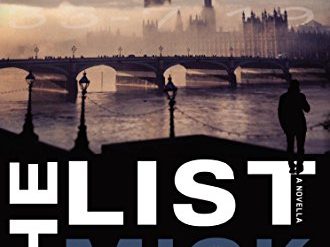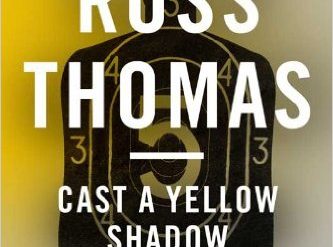
Estimated reading time: 4 minutes
Since 1841, when Edgar Allen Poe published “The Murders in the Rue Morgue,” the field of mystery and suspense fiction has grown to staggering proportions. Amazon lists more than 700,000 titles in the mystery category alone and over 1,000,000 thrillers. And Amazon’s Kindle Direct Publishing unit lists 38 sub-genres, not including those defined geographically (such as English or Scandinavian). The most frequently cited sub-genres seem to be cozy mysteries, hardboiled detective stories, locked-room mysteries, courtroom dramas, and police procedurals.
The best-known police procedurals
In a police procedural, the protagonist is typically not a single, heroic individual but a team of law enforcement officers. Think Law and Order or CSI. In printed fiction, a police procedural often follows several simultaneous investigations that may or may not be connected in any way. Among the best-known authors in this sub-genre are Ed McBain, Georges Simenon, John Creasey, Joseph Wambaugh, Tony Hillerman—and the Swedish couple Maj Sjöwall and Per Wahlöö.
Nordic Noir before Stieg Larsson
Stieg Larsson’s breakaway international bestseller, the Millennium Trilogy, brought Scandinavian noir to the attention of the reading public worldwide beginning in 2004. But Sjöwall and Wahlöö invented Nordic Noir before Stieg Larsson, Henning Mankell, Jo Nesbø, and other Scandinavian thriller writers who are widely read today had published a single word. From 1965 to 1975, the couple published a series of ten novels centered around police detective Martin Beck in Stockholm. Virtually every later writer of Nordic Noir acknowledges their role in launching the field.
The Man on the Balcony (Martin Beck #3) by Maj Sjöwall and Per Wahlöö (1965) 194 pages ★★★★★
The “great breakthrough” in the Martin Beck series
The Man on the Balcony was the third in this remarkable series of police procedurals by Sjöwall and Wahlöö. In his introduction, top-selling Norwegian thriller author Jo Nesbø calls the novel “the Swedish writing duo’s great breakthrough in 1967.” Nesbø explains that the story was inspired by the abduction and murder of two young girls in a Stockholm park during the summer of 1963.
In The Man on the Balcony, Beck and his colleagues are forced to tap the resources of the police throughout Stockholm in a protracted investigation that only weeks later leads to the capture of a serial killer. As one of Beck’s investigators muses, “when the murderer was caught—and he was quite certain that he would be—it would look like luck and would be regarded by many people as a fluke.
But it was a case of giving luck a helping hand, of making the net of circumstance that was eventually to catch the criminal as fine-meshed as possible. And this was a task that rested on him. And on every other policeman. Not on any outsider.” In this, and in other ways, police procedural novels tend, on the whole, to be the most realistic in the mystery and suspense genre. But that’s true of novels like those of Sjöwall and Wahlöö, not of the television series that are more familiar to most Americans. Life doesn’t look like Law and Order and CSI.
For related reading
This is one of The best police procedurals.
Previously, I reviewed Roseanna, the first of the Martin Beck stories, at Today’s Scandinavian detective fiction started here and the second, The Man Who Went Up in Smoke, at They invented Scandinavian noir.
You might also enjoy my posts:
- Top 10 mystery and thriller series
- 20 excellent standalone mysteries and thrillers
- 30 outstanding detective series from around the world
- Top 20 suspenseful detective novels
- Top 10 historical mysteries and thrillers
And you can always find my most popular reviews, and the most recent ones, on the Home Page.


























